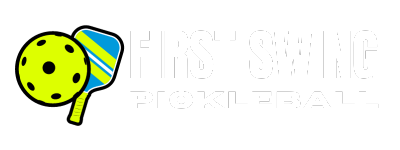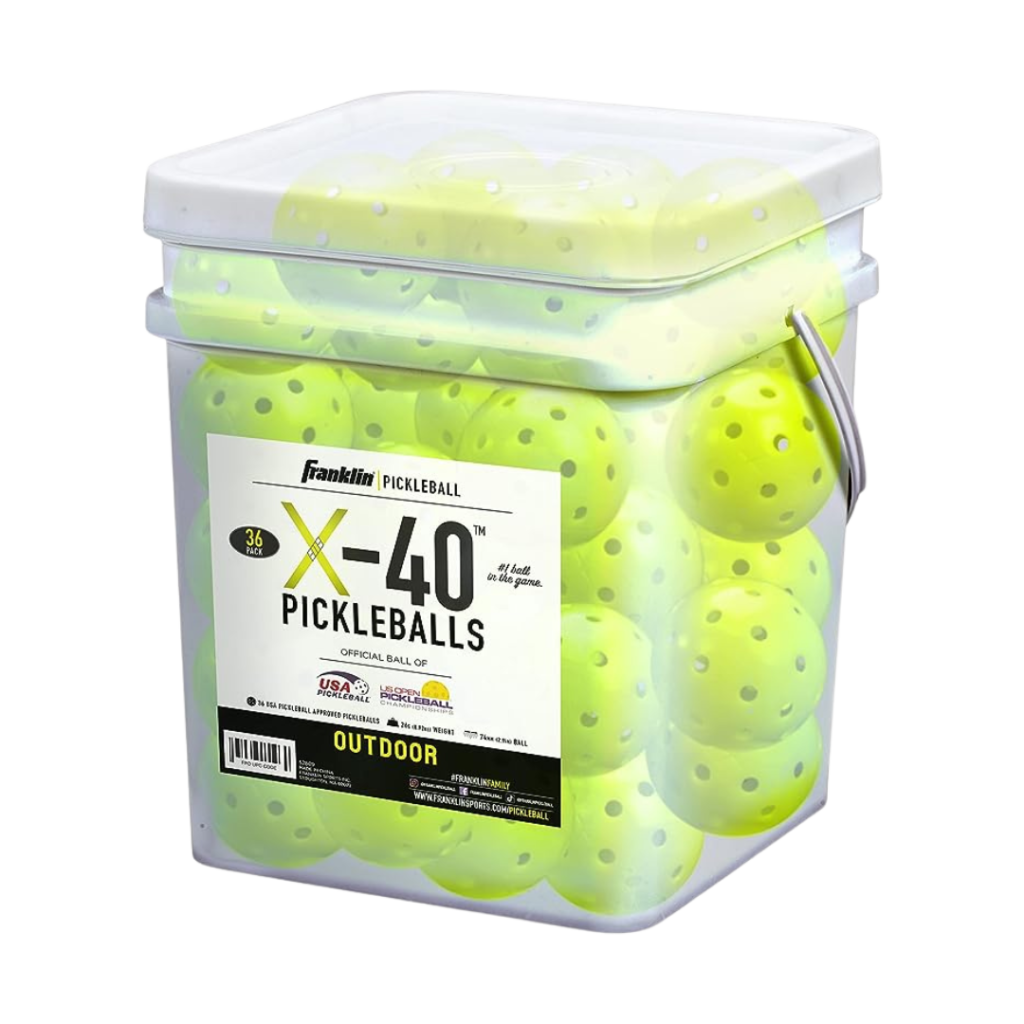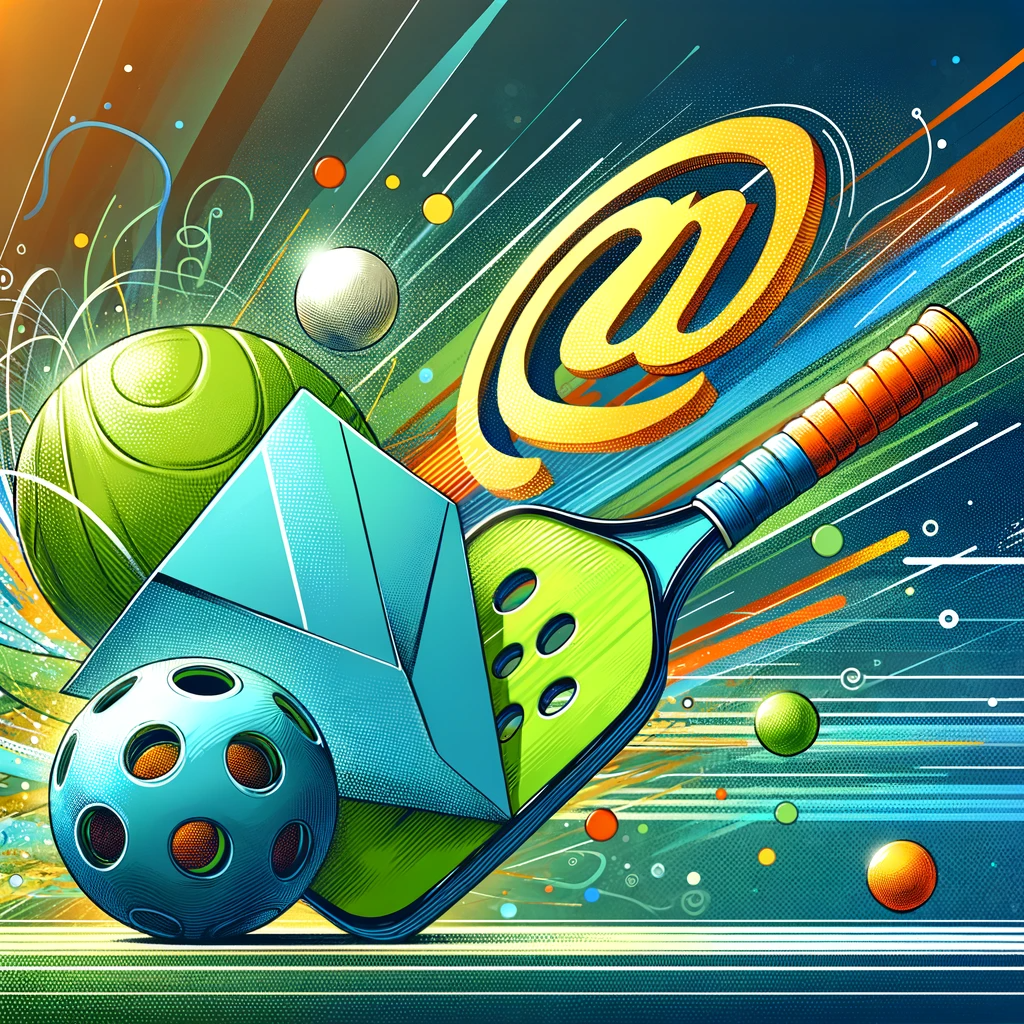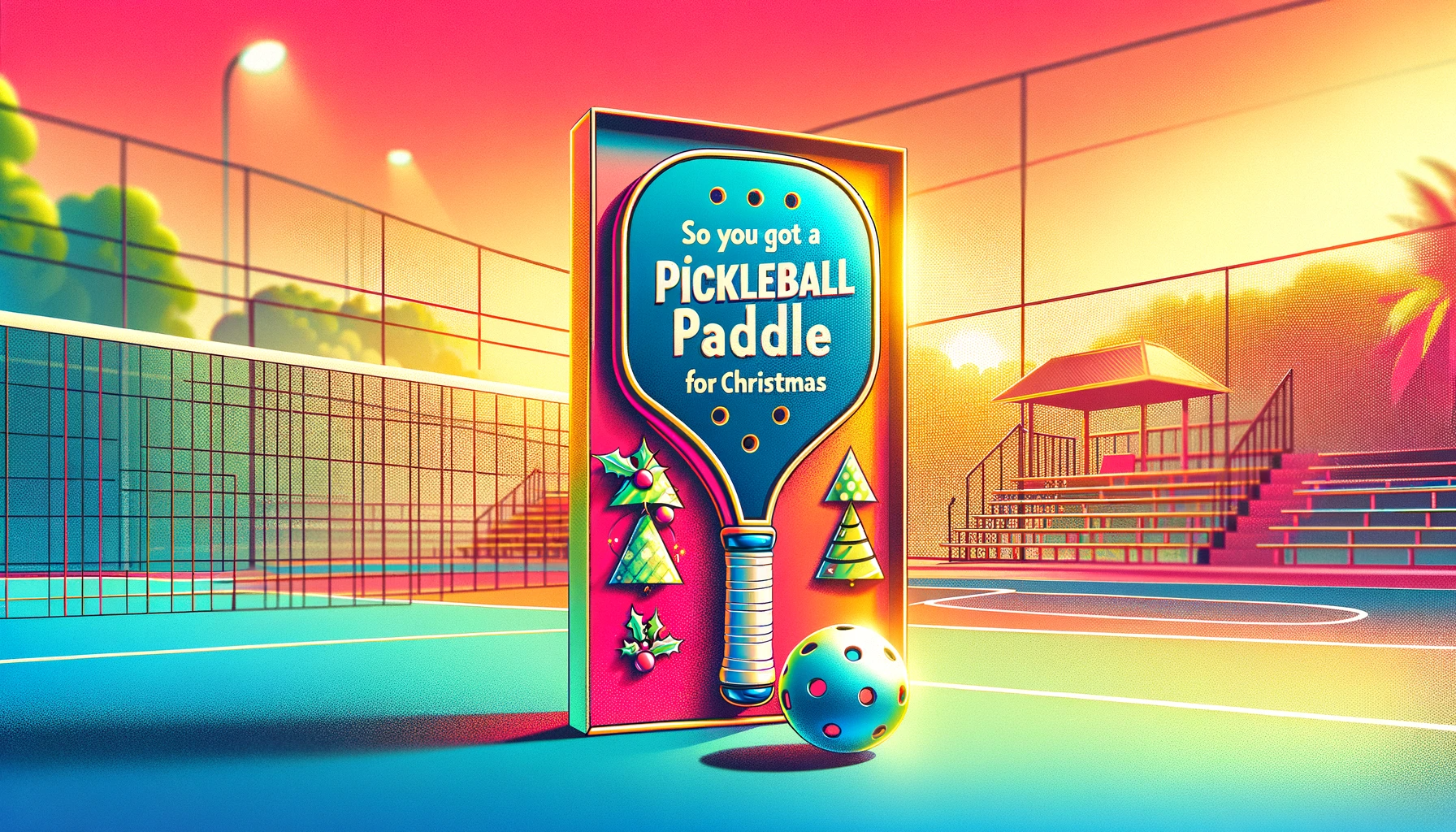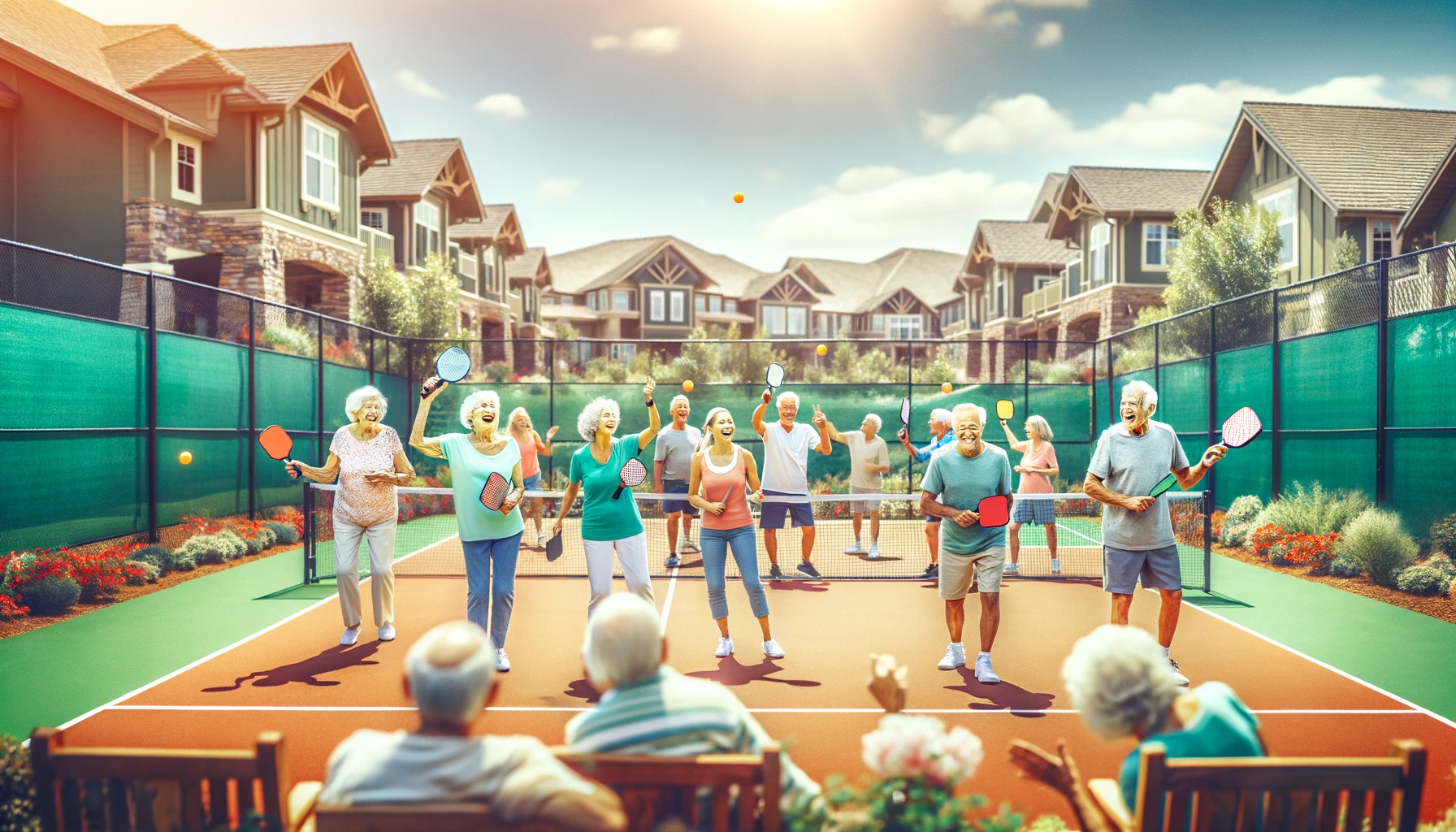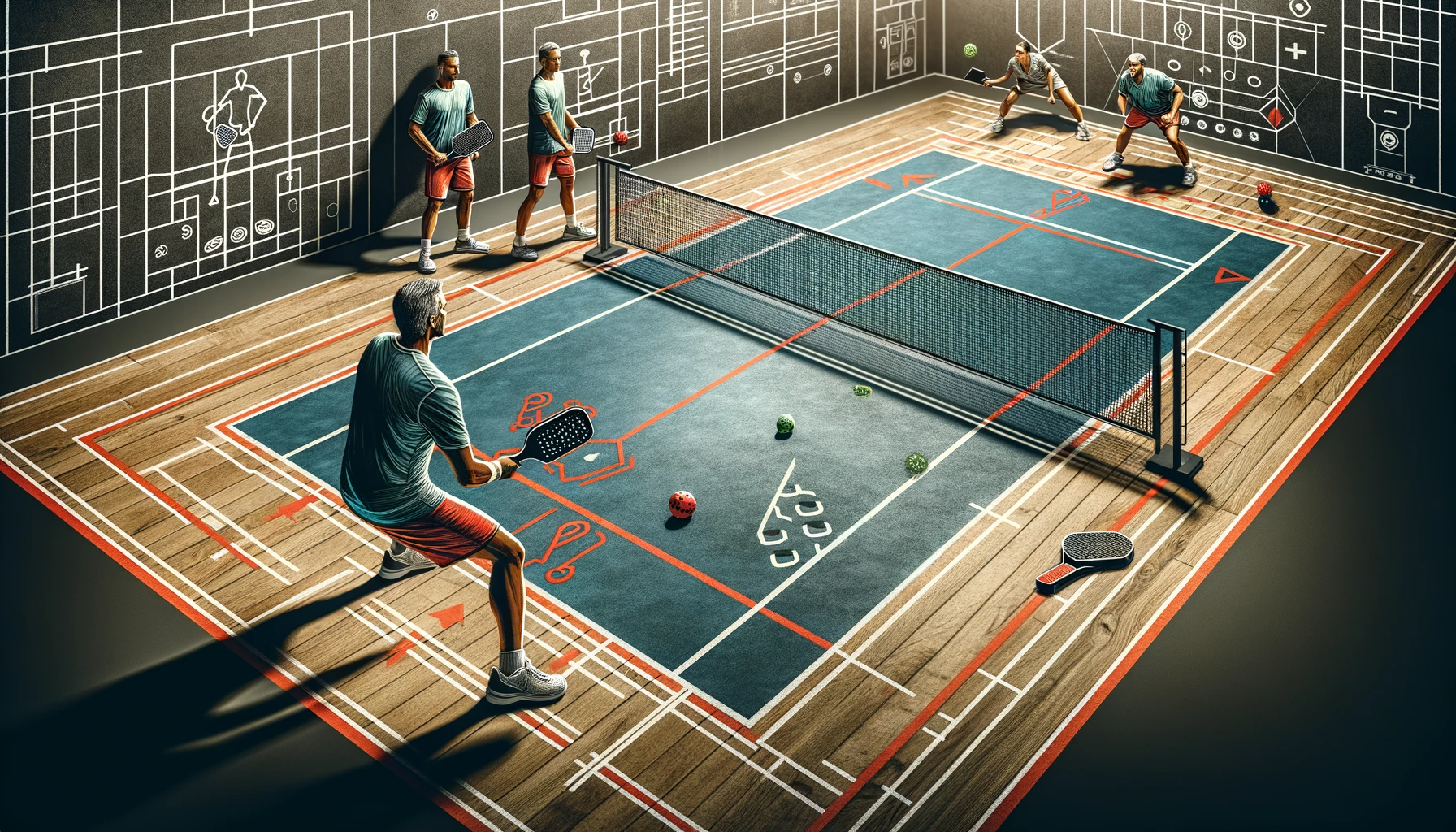
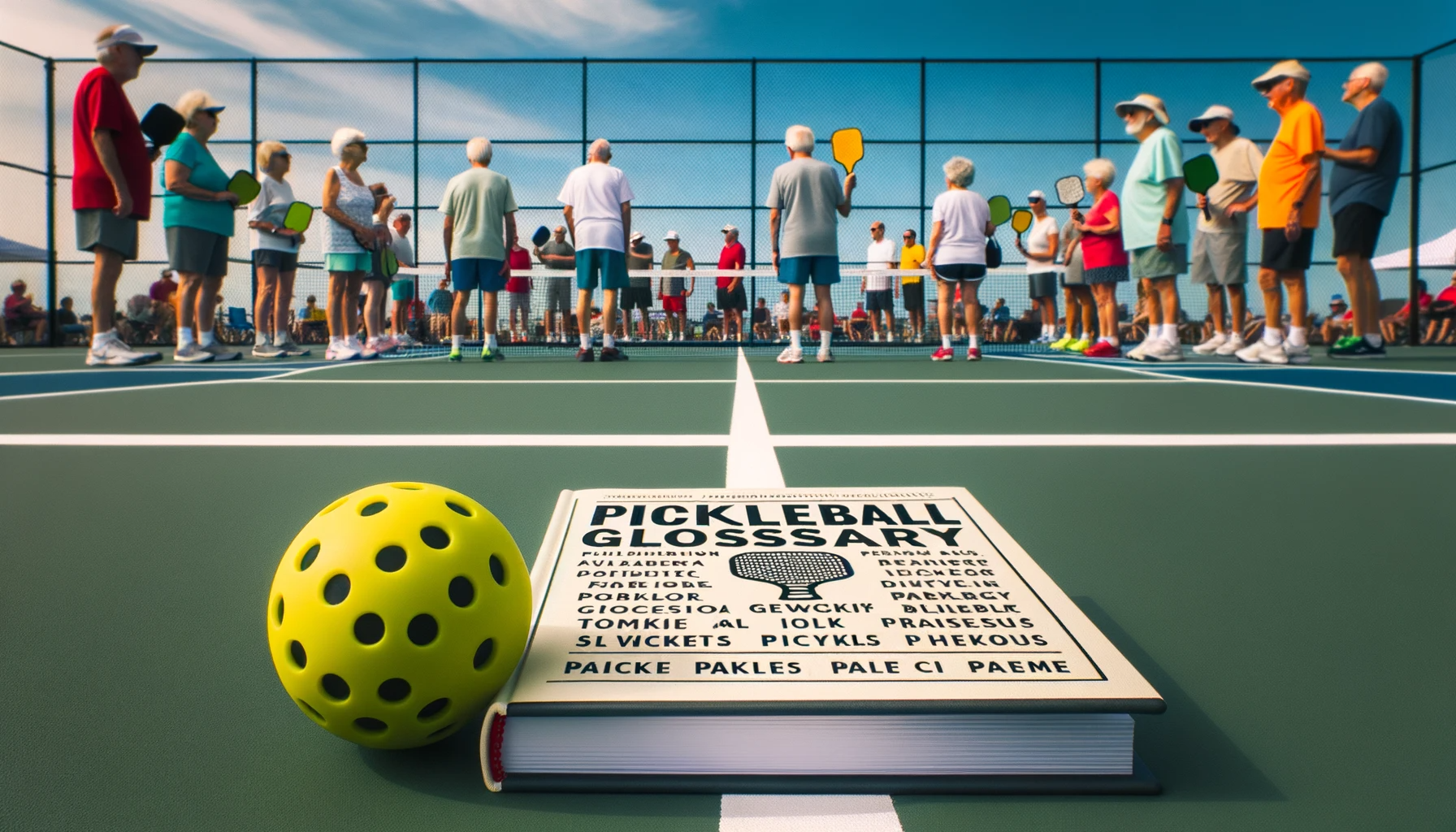
Home > Pickleball 101 > Pickleball Glossary: Terms Every Player Should Know
Pickleball Glossary: Terms Every Player Should Know
Pickleball is a popular sport that combines elements of tennis, badminton, and ping pong. As with any sport, there are specific terms and phrases that are commonly used by players. Whether you are new to the game or a seasoned player, it is important to familiarize yourself with the pickleball glossary in order to fully understand the rules and strategies of the game. In this glossary, we will cover the essential terms that every pickleball player should know. By understanding these terms, you will be able to communicate effectively with other players and improve your overall gameplay.
Ace
Let's start with one of the most exciting moments in pickleball - the ace. An ace is a serve that lands in the opponent's court without being touched. It's essentially an unreturnable serve that earns you a point. Aces are not only impressive but also a great way to gain momentum in a game. So, if you're able to consistently hit aces, you'll definitely have an advantage on the court.
Baseline
First and foremost, let's define what the baseline is. The baseline is the back boundary line of the court. It is where players stand to serve and receive serves. It is also the line that separates the playing area from the non-playing area. In pickleball, the baseline is an important part of the court, and understanding its role is crucial for players.
One of the most common terms you will hear in pickleball is "baseline drive." This refers to a shot that is hit from the baseline towards the opponent's baseline. It is a powerful shot that is meant to keep the opponent on their toes and push them back towards their baseline. A baseline drive is usually hit with a lot of speed and can be difficult to return, making it a valuable shot in a player's arsenal.
Another term related to the baseline is "baseline dink." A dink is a soft shot that is meant to drop just over the net and land in the opponent's non-volley zone. A baseline dink is a dink that is hit from the baseline, usually in response to a hard shot from the opponent. It requires a delicate touch and precise placement to be effective. A well-executed baseline dink can catch the opponent off guard and set up an opportunity for a winning shot.
Moving on, let's talk about "baseline footwork." Footwork is an essential aspect of any sport, and pickleball is no exception. Baseline footwork refers to the movement and positioning of a player's feet while they are at the baseline. Good footwork is crucial in pickleball as it allows players to quickly and efficiently cover the court and get into position to hit shots. It also helps players maintain balance and control, which is essential in a fast-paced game like pickleball.
Next up is "baseline lob." A lob is a shot that is hit high and deep into the opponent's court. A baseline lob is a lob that is hit from the baseline, usually in response to an opponent who is at the net. It is a defensive shot that is meant to buy time for the player to get back into position. A well-executed baseline lob can also be used as an offensive shot, catching the opponent off guard and setting up an opportunity for a winning shot.
Lastly, let's talk about "baseline strategy." Strategy is an important aspect of any sport, and pickleball is no different. Baseline strategy refers to the game plan a player has while they are at the baseline. It involves analyzing the opponent's strengths and weaknesses and using that information to make strategic shots. For example, if the opponent is weak at returning baseline drives, a player may use that to their advantage and hit more baseline drives to gain an advantage in the game.
In conclusion, understanding the terms related to the baseline is crucial for any pickleball player. From baseline drives to baseline strategy, these terms play a significant role in the game and can help players improve their skills and win more matches. So the next time you step onto the pickleball court, remember these terms and use them to your advantage. Happy playing!
Dink
The dink is a shot that is hit softly and lands just over the net, close to the net. It is a crucial shot in pickleball and is often used to set up a winning point. The dink is a finesse shot that requires precision and control rather than power. It is usually hit with an underhand motion, using the paddle to gently guide the ball over the net.
One of the main reasons why the dink is such an important shot in pickleball is because it allows players to control the pace of the game. By hitting a soft shot close to the net, players can force their opponents to move forward and play at the net, which can be a disadvantage for them. The dink is also a great defensive shot, as it can be used to counter hard shots from the opponent and keep the ball in play.
To execute a successful dink, players need to have good hand-eye coordination and a soft touch. The key is to make contact with the ball just above the net, using a gentle flick of the wrist to guide it over. It is important to keep the ball low and close to the net, making it difficult for the opponent to return. The dink is a shot that requires practice and patience to master, but once you get the hang of it, it can be a game-changer.
Another important aspect of the dink is the placement of the shot. In pickleball, players can aim for different areas of the court, and the dink is no exception. The most common placement for a dink is the kitchen line, also known as the non-volley zone. This is the area on both sides of the net, within 7 feet, where players are not allowed to hit the ball in the air. By hitting a dink close to the kitchen line, players can force their opponents to make a difficult shot or risk stepping into the non-volley zone.
Apart from the kitchen line, players can also aim for the sidelines when hitting a dink. This can be a useful strategy when playing against opponents who are more comfortable at the net. By hitting a dink towards the sidelines, players can create an angle that makes it difficult for their opponents to return the shot.
In addition to placement, the speed of the dink is also crucial. A slow and soft dink can be effective in catching the opponent off guard, while a faster dink can be used to surprise them and force an error. It is important to vary the speed of the dink to keep the opponent guessing and to prevent them from getting into a rhythm.
In conclusion, the dink is a fundamental shot in pickleball that every player should know. It requires precision, control, and good placement to be effective. By mastering the dink, players can control the pace of the game and set themselves up for a winning point. So next time you're on the pickleball court, remember to use the dink to your advantage and watch your opponents struggle to return it.
Fault
In pickleball, a fault is a serve that does not land in the opponent's court or violates other serving rules. This means that the serve is not considered legal and the point will be awarded to the opposing team. A fault can occur for various reasons, and it is important for players to understand the different types of faults to avoid making them during a game.
The most common type of fault in pickleball is a foot fault. This happens when the server steps on or over the baseline while serving. The baseline is the back line of the court, and the server must have both feet behind this line when serving. Stepping on or over the line results in a fault, and the serve will be considered illegal. This rule is in place to ensure that the server does not have an advantage by being too close to the net.
Another type of fault is a service fault. This occurs when the server does not hit the ball within the designated area, which is the diagonal box on the opposite side of the court. The server must stand behind the baseline and hit the ball into the opponent's diagonal box. If the ball lands outside of this area, it is considered a service fault. This rule is in place to prevent the server from having an unfair advantage by serving from a different location.
A third type of fault is a double bounce fault. In pickleball, the ball must bounce once on each side of the court before players can start volleying. If the server hits the ball and it does not bounce on the opponent's side before they hit it back, it is considered a double bounce fault. This rule is in place to ensure that both teams have an equal opportunity to return the serve.
Lastly, a fault can also occur if the server hits the ball into the net or hits it out of bounds. In pickleball, the net is considered in play, so if the ball hits the net and lands in the opponent's court, it is a legal serve. However, if the ball hits the net and does not go over, or if it goes out of bounds, it is considered a fault. This rule is in place to prevent players from using the net as a barrier to block the ball.
It is important for players to understand and follow these rules to avoid making faults during a game. However, it is also important to note that faults can also be called on the receiving team. If the receiving team commits a fault, the server will get another chance to serve. This is known as a "let" and is a common occurrence in pickleball.
In conclusion, a fault in pickleball is a serve that does not land in the opponent's court or violates other serving rules. It can occur for various reasons, such as foot faults, service faults, double bounce faults, and hitting the ball into the net or out of bounds. Understanding these terms and rules is crucial for players to have a fair and enjoyable game. So next time you step onto the pickleball court, make sure to keep these terms in mind and avoid making any faults!
Kitchen, AKA The non-volley zone
First things first, what exactly is the non-volley zone? Simply put, it's a 7-foot area on either side of the net where players are not allowed to hit the ball in the air. This rule is in place to prevent players from smashing the ball right at their opponents and to promote a more strategic and controlled style of play. It also adds an extra layer of challenge to the game, as players must be mindful of their foot placement and timing when entering and exiting the kitchen.
The non-volley zone, or kitchen, is a crucial area of the pickleball court that requires skill, strategy, and awareness. Knowing these key terms and understanding the rules of the non-volley zone will not only improve your gameplay but also make you a more knowledgeable and confident pickleball player. So next time you hit the court, remember to dink, drop, and stay behind that no-volley zone line. Happy playing!
Lob
A lob is a shot that is used to send the ball high into the air, over your opponent's head, and towards the back of the court. It's a great way to change up the pace of the game and catch your opponent off guard. But before we dive into the details of how to execute a lob, let's first understand why it's such an important shot in pickleball.
The lob is a strategic shot that can be used to create space and buy time. In pickleball, the court is smaller than a tennis court, which means players are often in close proximity to each other. This makes it difficult to hit powerful shots without risking hitting your opponent. That's where the lob comes in. By sending the ball high into the air, you give yourself and your partner time to reposition and prepare for the next shot.
Now, let's talk about how to hit a lob. The first step is to get into position. You want to be behind the baseline, with your feet shoulder-width apart and your weight on the balls of your feet. As your opponent hits the ball, you want to take a small step back with your non-dominant foot and shift your weight onto your back foot. This will help you generate power for the shot.
Next, you want to make contact with the ball at the highest point possible. This will give your lob more height and distance. To do this, you'll need to use an open-faced paddle and hit the ball with a slight upward motion. It's important to keep your wrist firm and use your entire arm to generate power. If you use just your wrist, you'll end up with a weak shot that won't clear the net.
As you make contact with the ball, you want to follow through with your swing and continue to move your paddle upwards. This will help you get more height on your lob and send it over your opponent's head. It's also important to keep your eyes on the ball and track its trajectory. This will help you adjust your shot if needed.
One thing to keep in mind when hitting a lob is that it should be used sparingly. If you use it too often, your opponent will catch on and be ready to return it. It's best to use the lob as a surprise shot or when you're in a defensive position. It's also important to communicate with your partner when using a lob. Let them know you're going to hit a lob so they can be ready to cover the court.
In conclusion, the lob is a crucial shot in pickleball that can help you gain control of the game and create space for yourself and your partner. By following these tips and practicing, you'll be able to execute a perfect lob and add it to your arsenal of shots. So next time you're on the court, don't be afraid to give the lob a try and see how it can elevate your game.
Side-out
This is a term that you will hear often during a pickleball game. It refers to when the serving team loses the point and the other team gains the serve. In other words, the serving team has to give up their serve and switch to the other side of the court. This can happen for a variety of reasons, such as hitting the ball out of bounds or into the net, or failing to return a shot from the other team.
Conclusion
In conclusion, understanding the terminology used in pickleball is essential for players to effectively communicate and improve their skills on the court. By familiarizing themselves with the various terms and their meanings, players can better understand the rules, strategies, and techniques of the game. Whether you are a beginner or an experienced player, having a solid grasp of the pickleball glossary will greatly enhance your overall playing experience. So, take the time to learn and practice these terms, and you'll be on your way to becoming a more knowledgeable and skilled pickleball player.
